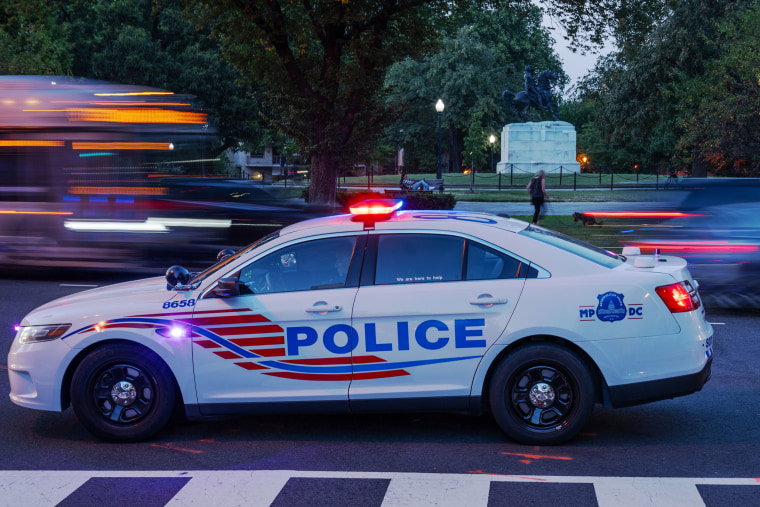New FBI data confirms previous indications that crime in the U.S. declined significantly in 2023, continuing a post-pandemic trend and belying widespread perceptions that crime is rising.

The new fourth-quarter numbers showed a 13% decline in murder in 2023 from 2022, a 6% decline in reported violent crime and a 4% decline in reported property crime. That’s based on data from around 13,000 law enforcement agencies, policing about 82% of the U.S. population, that provided the FBI with data through December.
“It suggests that when we get the final data in October, we will have seen likely the largest one-year decline in murder that has ever been recorded,” said Jeff Asher, a former CIA analyst who now studies crime trends.
In October, the FBI will release its final and most comprehensive look at crime in 2023.
Asher and other experts say the biggest factor behind the drop in crime may simply be the resumption of anti-crime initiatives by local governments and courts that had stopped during the pandemic.
“After a terrible period of underfunding and understaffing caused by the pandemic, local governments have, by most measures, returned to pre-pandemic levels,” wrote John Roman, a criminologist at the University of Chicago. In an interview, Roman said, “The courts were closed, a lot of cops got sick, a lot of police agencies told their officers not to interact with the public. Teachers were not in schools, not working with kids.”
Asher said, “The tools that we ordinarily have used to interrupt these cycles of violence were gone in 2020 [and] 2021.”
In a statement on Tuesday, President Joe Biden called the new numbers "good news for the American people" and touted his efforts to combat gun violence.
"Keeping communities safe is my priority," he said. "While we've made major progress, we still have more work to do."
Attorney General Merrick Garland also issued a statement praising the drop in crime and noting that, in May 2021, the Justice Department launched a strategy aimed at addressing the spike in violent crime that occurred during the pandemic.
“Since then, our prosecutors, agents, and grant-making experts have worked in close partnership with police departments and communities across the country to go after the recidivists and gangs that are responsible for the greatest violence; to seize illegal guns and deadly drugs; to make critical investments in hiring more law enforcement officers; and to fund evidence-based, community violence intervention initiatives,” he said.
As NBC News previously reported, the drop in crime does not appear to be well understood by large majorities of Americans, according to polls. A Gallup poll in December found that 77% of Americans believe crime rates are worsening.
“The perception doesn’t match the actuality in a lot of places because people are bad at perceiving risk,” Asher said, adding that both traditional and social media tend to spotlight violence and disorder.
Roman noted that it’s been since 2001 that a majority of Americans have continued to believe their communities are becoming more dangerous, even as crime was dropping.
Roman also pointed out that “there is definitely more disorder in cities than there was five years ago. I don’t think that’s up for dispute.”
However, he said, "People confuse disorder and crime, so the presence of a lot of disorder can signal to regular folks that they are in a dangerous place, when they aren’t necessarily in a dangerous place.”
According to Roman, crime rates are at a point now where we are essentially back to the long-term trend from the last decade. “The question is will we go below it,” he said. “I think we will. We have made huge investments in community-based violence intervention that are really new and are of sufficient scale that they could change things. The downside is that we are facing a police staffing crisis that is very real.”
